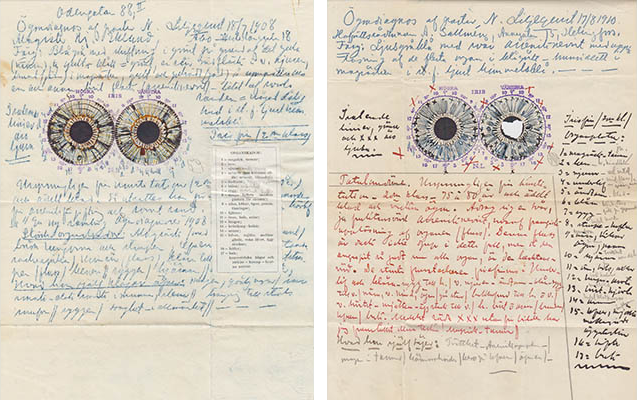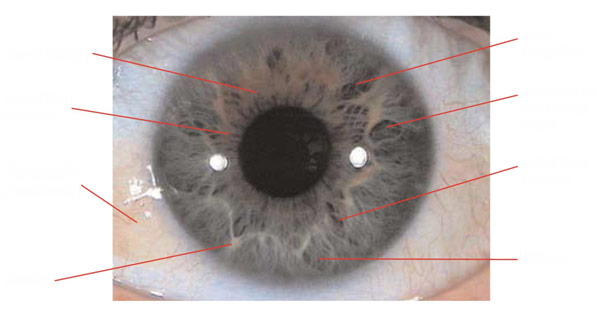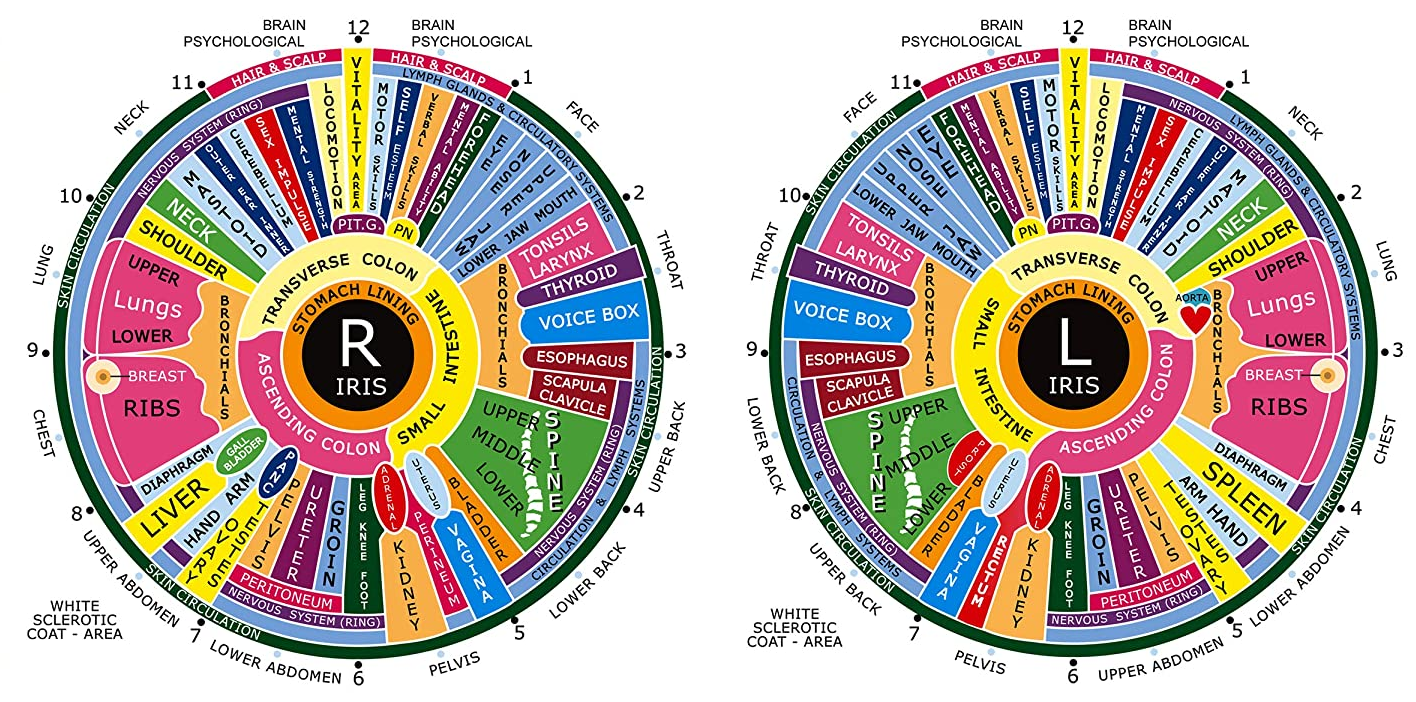Exo-Science.com
Iridology: What Eyes Reveal About Health
It all started in 1837 with a Hungarian 11-year-old boy named Ignatz von Peczely, who had a pet owl. As you know, owls have massive, highly visible eyes. When the

The boy was determined to

Meanwhile...
As is often the case with groundbreaking innovations, more than one person was concurrently making the same breakthrough: a 14-year old Swedish boy named Nils Liljequist received a
Unlike Ignatz, Nils did not become an allopathic doctor, as he had deep mistrust toward their non-holistic approach, which is quite understandable since he almost got killed by a doctor when he was young. Therefore, he became a priest who used naturopathic medicine, specifically electrohomeopathy.

In 1893 Nils published an book called

Nils and Ignatz was unaware of each other's work, but still reached
By the way, this history is very western-focused, supposedly iridology has been used
Academic Research
When you Google "iridology" and related terms the first page is dominated by
It is quite useful when you are aware of this dynamic: when you research an alternative therapy on the sites listed above (and others like them) you will be reading a professionally assembled critique of every aspect of the therapy, and then second step is seeing what the people involved with the therapy is saying.
We will begin with
First of all, the fact that there are more than a handful of different iridology charts which do not fully align with each other, raises skepticism. It also makes studying iridology harder because at best, you can only disprove one particular approach to it.
Most negative articles about iridology centers around an article posted in January 2000 in the Journal of the American Medical Association[1] where they reviewed all scientific studies on iridology. They could find
All of these have one thing in common:
We must also consider that the diagnosis of iridology is different than the one from western medicine, and in all of these studies the latter is
Since 2000, a lot more studies have been made, many with positive findings and some with negative findings: iridology seems
There is a newer and bigger meta-review[6] which sampled a larger amount of studies, a grand total of
All in all, it is clear that iridology is not complete enough to replace all other diagnostic tools. It is also clear that it
But the biggest breakthrough has not been made by human iridologists.. it seems that this is an area that humans will never truly conquer, as machines seem to run circles around us already..!
Machine Learning
The big breakthrough in iridology are the droves of recent studies where neural networks have been trained against iris photographs (there are open libraries) to diagnose different health conditions with very high accuracy. Here is an incomplete list of what AI has been effectively trained to diagnose:
A regular phone camera is sufficient quality to take iris photographs (with some training.. it's not easy but you can do it..) for the AIs above to work.
It is
Veterinary Iridology
When it comes to humans, we will pay money to stay alive, ergo there is money to be made by keeping us constantly sick. This is
Learn Iridology
While we are
The correct way to use iridology, in my opinion, is to see what your iris implies about your systemic health, and try to see if it makes sense to you.
When you learn to apply basic iridology, it becomes a gift that you can apply to everyone around you, which can be very beneficial.
The basic concepts is that imperfections in the iris is seen as darker discolorations and shapes.

Inflammation and healing is seen as white, which often surrounds the dark parts to showcase the toxicity and the healing in concert.

Below you can see a modern, commonly used iris chart.

There is a free online tool where you can upload a photo of your eye and overlay different iridology charts over it. See the video below and then try it yourself!
If you are serious about learning iridology, then click the link below and download the free ebook.
Download Iridology Guide
Discuss in the Forum
Go to the /health/ forum to learn more, ask questions and to share your thoughts and ideas.
Share This With Your Friends
I hope you enjoy this article, my biggest wish is that you have learned something you will take to heart, and my second biggest wish that you share this to friends, family and anyone you might think be interested.
Exo-Science.com
Beyond Mainstream Academia...














VIRAL PUBLIC LICENSE - Copyleft (🄯) All Rights Reversed
